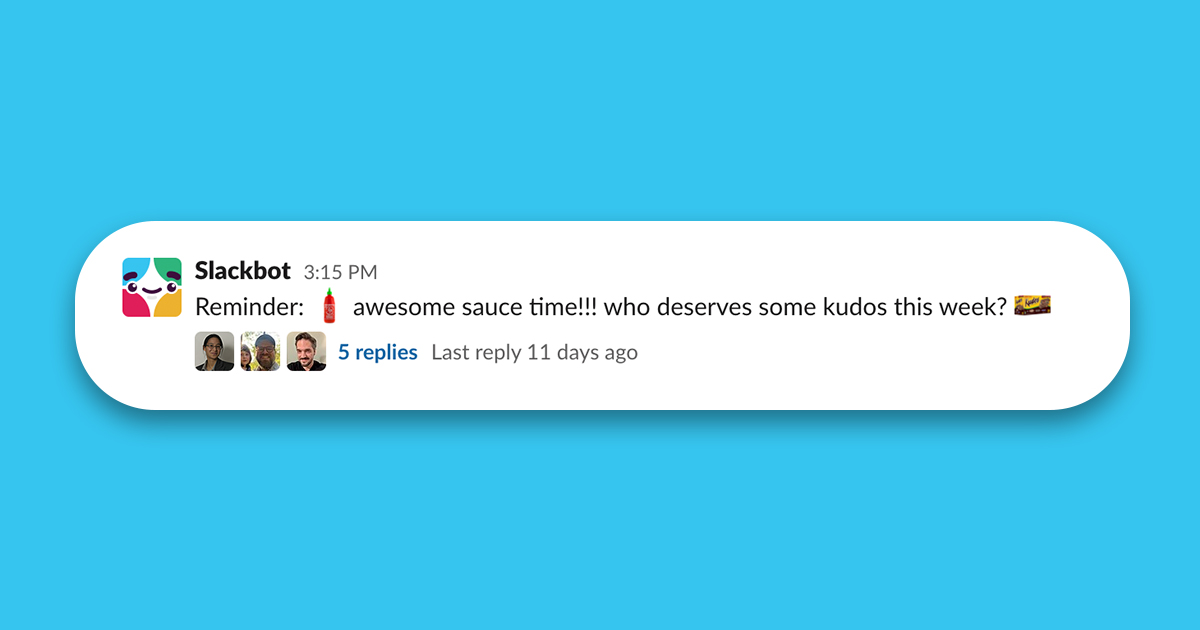Leading with empathy has never been more important. COVID has accelerated the adoption of remote work, and like us all, I’ve faced the challenges that it brings. Between starting a new role as VP of Engineering, Platform at Slack, and corralling my seven-year-old twins through online learning, it’s been a ride.
Remote work is here to stay. A study by Slack’s Future Forum consortium found just 11.6% of knowledge workers want to return to the office full-time, with 72.2% favoring a hybrid remote/office model. Remote work is a net positive, but the study found people struggle with a sense of belonging, building relationships, and juggling work-life balance.
And that’s why leading with empathy is so important.
I’m no stranger to leading remote teams. I previously built a team spread across two continents that stuck together for eight years, through ups, downs, and even an acquisition. I joined Slack in July, and I’ve yet to meet anyone in person. But through everything, I’ve built high-performance teams capable of building cutting-edge technology and tackling complex problems.
Here’s how I lead with empathy:
#1 Invest in new team members

Every day for my first month at Slack, I had a 15-minute check-in with my manager, Cal Henderson, Slack’s CTO and co-founder.
Catching up with Cal daily was huge. I got answers to my questions as they came up and knew I could access support quickly. It gave me a new perspective of what great leadership looked like.
Leading with empathy means investing in your people, and daily 1:1 meetings during onboarding is a great way to do that.
#2 A tested 1:1 framework
Have weekly 1:1 meetings with all your direct reports. Of all the meetings on my calendar, 1:1 meetings are the most important, and I never push them off. In my teams, 1:1 meetings have always been the invisible glue that holds everything together.
Keep your 1:1’s consistent – come prepared and follow a structure. I begin every 1:1 by asking “what is the most important thing we should talk about today?”. It’s a great leveller. All of my reports, regardless of location, visibility, or position, get the same treatment. It’s an effective way to remove bias from your management.
I wrote about my framework in more detail here. Steal it, put your own spin on it, and report back.
#3 Build meaningful relationships
Invest in your team. Be open, curious, and figure out what drives your people. Make time and space to hear their stories. One question I ask new team members is “what does respect look like for you?”.
It’s a very grounding question, and the answer is often illuminating. You’ll learn how that person communicates, how to approach tough conversations, and how to best celebrate that person.
Building relationships isn’t one size fits all. Everyone is different. Use tools like Myers-Briggs and enneagrams to get to know your team on a deeper level. It’s the responsibility of a leader to uncover what drives people, and use that to build meaningful relationships and a high-performing team.
#4 Intentional communication
We all communicate differently. Some of us prefer written communication on platforms like Slack, and others flourish face-to-face. Find what works for your team and be flexible.
Be intentional about your communication tools. Know when to make things quick and easy (like a Slack message!), and when it’s time to hop on a video call. When conversations become complex or emotional, get on a call. But it’s not really about the tool – it’s about how we show up as leaders and humans for our team.
#5 Be open and transparent

Lead by example. My colleague at Slack, Fuzzy Khosrowshahi, VP Product Engineering, has an open channel called ‘Fuzzy Thoughts’. He shares what he’s working on and the challenges he’s facing. People chime in with suggestions, ask smart questions, and help solve hard problems.
And it’s not all about work. Lots of us are at home with young families 24/7. Set boundaries. One of my rules is no calls after 5 pm. If you have to step away from your desk for an hour to take care of something, do that. And make sure your team knows they can do it too.

#6 Be intentional about being inclusive
With a partially distributed workforce, it can be easy for some team members to feel left behind.
For example: A handful of on-site workers might think it’s easier to just chat something out in the conference room. But when remote or distributed workers are left out of the conversation, even inadvertently, it can exacerbate those destructive feelings of isolation and loneliness.
It’s important that, as we slowly bring employees back into the office, we learn from our time spent working fully remote and avoid reverting back to old habits and practices. Having a fully distributed team can level the playing field in some ways, and we shouldn’t have to lose that benefit as we return to the office.
For my team, if there are more than just a couple of people that need to chat live we just hop on a conference call. Or, if the conversation is happening via DM, we’ll move it into a Slack channel for visibility. This ensures that every member of the team is feeling included, while also establishing a shared view of reality that is critical to every team.
#7 Awesome sauce
On my team, we have ‘awesome sauce’ time, a weekly victory lap where we celebrate each other’s successes. Adapt your rituals to work remotely. We now celebrate work anniversaries with balloon emojis and messages of gratitude, instead of real balloons.
Don’t just talk about projects and metrics. Get to know your employees on a human level, learn about their families and pets, their interests and hobbies. Little things go a long way. When I joined Slack, my team created a Rukmini emoji. It was a small thing, but it made me feel so welcome and valued right off the bat.
***
Being a leader is hard, now more than ever. In our data driven culture, it’s easy to focus on metrics and overlook context. But it’s so important that you invest in understanding the humans behind the metrics.
Empathy is a muscle we all need to exercise more often. That starts from the top. I’m committed to being an empathetic leader and sharing my journey with you. To keep up, follow me on LinkedIn.


